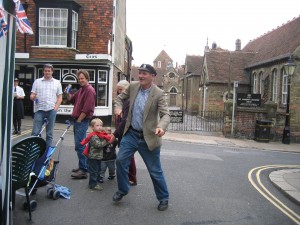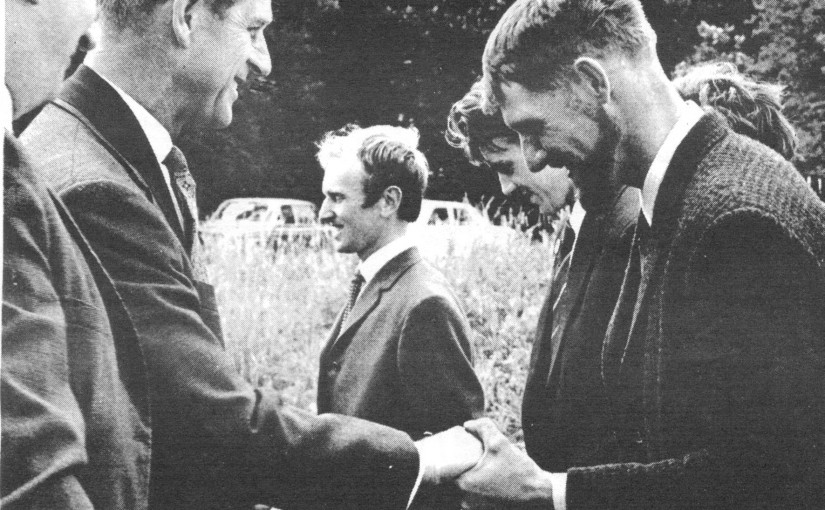2014 and already our food growers are wondering what is going on. The second week of January saw my gooseberry bushes bursting their buds to form leaves. A blackbird built its nest in the ivy on an old damson tree and laid four blue speckled eggs. All the mallard duck were paired off by the end of the month, as the shooting season closed a good month off other years. In my wild-bird seed mix a certain brand includes peas, even in January, any of the peas that fell to the ground and were not eaten by the pheasants started to sprout. How the pea managed to grow beats me as only twenty yards away a fifteen foot row of double spaced broad beans that were four inches high were decimated by mice. They dug the seed up and ate the new stalks. The mystery of why the mice failed to find the peas remains a mystery.

Remember my pot hole outside my home, well after many complaints and claims from damage from motorists the Council sent two, yes two, men to look at it, they measured it and found it to be four and half inches deep. Telling me that it would be five days before anything could be done. Obviously the two men sitting in their van had second thoughts about it, because two hours later, just as it got dark, a lorry pulled up and two men filled the hole with a complete bag of Tarmac. How long the repair will last, I have no idea, but it looks a bodged job, yet a 100 times better than the hole!
The tenth of January found me up at our ground near Ebony where I gather my pea sticks for the sweet peas to clamber up. By the look of the swollen buds another month and the Hornbeam tree I prefer for pea sticks will be in leaf. The branches of the hornbeam are flat with few horizontal twigs. These sticks put in a row being fan shaped make excellent clean sided hedges for the plants to grow up without taking a lot of room up. Also the wet mild weather did not stop my broad beans from flowering. Both rows (30ft) of them are white with flowers but there are no insects to pollinate them so will be a total loss. I will have to rotovate them into the soil as green manure, that is if the river level drops and the land starts to dry up.
STOP PLOUGHING AND BUILDING ON PASTURE LAND
The other day the big tides we were experiencing made the environment boys close the lock gate because the salt tide was three foot higher than the in flood river. This caused the water up stream to pile up and top its bank. Yes, I have seen the river higher. One year, a long time ago now, me and my little brother actually had to use a rowing boat to pick mum the brussel sprouts for dinner. Another year I had to tow dad in our van across the levels at Wittersham with a tractor. We could not cross the bridges (yes there were two then) so had to do a detour to cross at Iden Lock. As I write this, the forecast is for gales and heavy rain again and people talk of floods, what’s new.
I do feel sorry for them down to the West of us but many of the homes affected are new dwellings built in the last fifty years. Will man never learn to take note of his surroundings and ask questions why is such and such is like it is. How flat meadow land was called pasture for a good reason, it was the area where man grazed his livestock not plough land like they use it for today or for building homes on.
Rye’s Own March 2014
All articles, photographs and drawings on this web site are World Copyright Protected. No reproduction for publication without prior arrangement. © World Copyright 2015 Cinque Ports Magazines Rye Ltd., Guinea Hall Lodge Sellindge TN25 6EG
